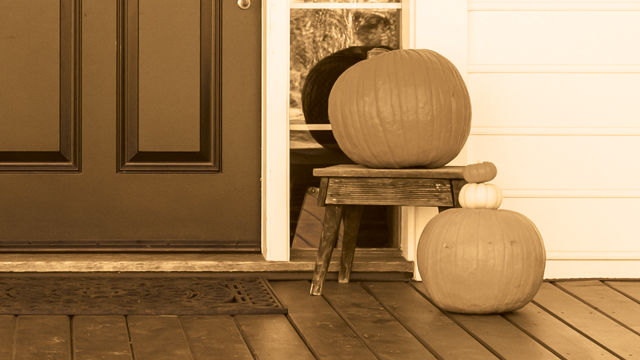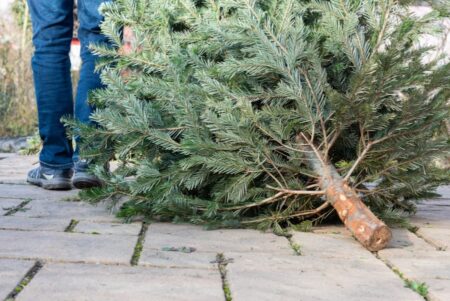With the nastiest heat of summer past us – fingers crossed! – it’s time to enjoy our outdoor spaces again.
One of the great benefits of living in our region is that we are able to enjoy our backyards, patios, and decks nearly year-round. Sure, January and February can bring weather that will drive even the most cold-loving among us inside, but we’ve all seen the random seventy-degree day in the middle of winter, when the lure of sitting outside our four walls is just too good to pass up.
Fall is also a good time to take a careful look at your outside space to see where work needs to be done. Moderate temperatures and lower humidity also create a better environment for cleaning, repairing, and refinishing. With a little elbow grease now, you can prepare your outdoor features for harsher weather and enjoy them for months to come. Here’s how to get started.
Cleaning
Heat and moisture, often the culprits behind mold and mildew inside bathrooms, can wreak the same havoc outdoors. Add plant material – which is moved around by wind, rain, and even backyard critters – and there’s no telling what might be sitting on a fence, gazebo, pergola,
or railing, or even inside a planter box.
Different surfaces require different techniques and cleansers. A wrought-iron fence, for example, is not the same as a wood deck. Before you start, examine surfaces to identify any cracks or weaknesses which might become bigger problems with aggressive cleaning. It might be tempting to rent a power-washer from a nearby home-improvement store, but beware: High-pressure washing can do as much harm as good. If you decide to rent a washer, try to find one with variable pressure. Better yet: Hire a professional.
Painting/Staining
A freshly painted surface is eye-catching for all the right reasons: It looks crisp, clean, and well-maintained. In order to get that finished look, you have to start with a good surface.
After cleaning the surface, assess what’s left behind. This is when repairs should be undertaken and when decisions should be made about what coating to use. A paint professional can advise which brand and type of paint is best for your project. Also be prepared to apply several coats of paint, letting each dry thoroughly. Moisture inhibits adhesion and can lead to premature flaking.
Remember, too, that with paint, price often correlates with durability. High-quality paints are made with better pigments and other elements that provide longer-lasting finishes and consistent color. If you go to the trouble of painting your fence in October, why have to paint again in April?
Sealing
You may not always opt for a coat of wax atop your freshly washed car, but when it comes to painting or staining, sealant is a must. While paint itself is a barrier, a sealant adds the extra layer of protection that is needed to prevent damage from the elements.
Some sealants may discolor if they are in full sun, while others may not be thick enough to withstand wind and rain storms in an open area. You also need to consider whether the sealer should be brush-applied or sprayed. Certainly, if you’re sealing a pergola above a patio or a free-standing gazebo, a spray may be easier to apply and will guarantee you’re reaching tight spaces. Again, the key is protection. You don’t want to skimp on this step.
Design Touches
Finally, if you’re looking to take full advantage of your outdoor space, this is a great time to think about what you can add. DIY pergolas and gazebos are available from home improvement stores and large discount membership stores. You can also upgrade your furniture, swapping out an old table and chairs for new, weather-resistant sofas and lounges.
Even if all you do is add new plant stands or plant boxes, filling them with fall flowers will add visual interest and bring a fresh pop of color. Inspiration can come from home magazines, websites, or even your neighbors’ gardens.
Remember, imitation is the sincerest form of flattery!







